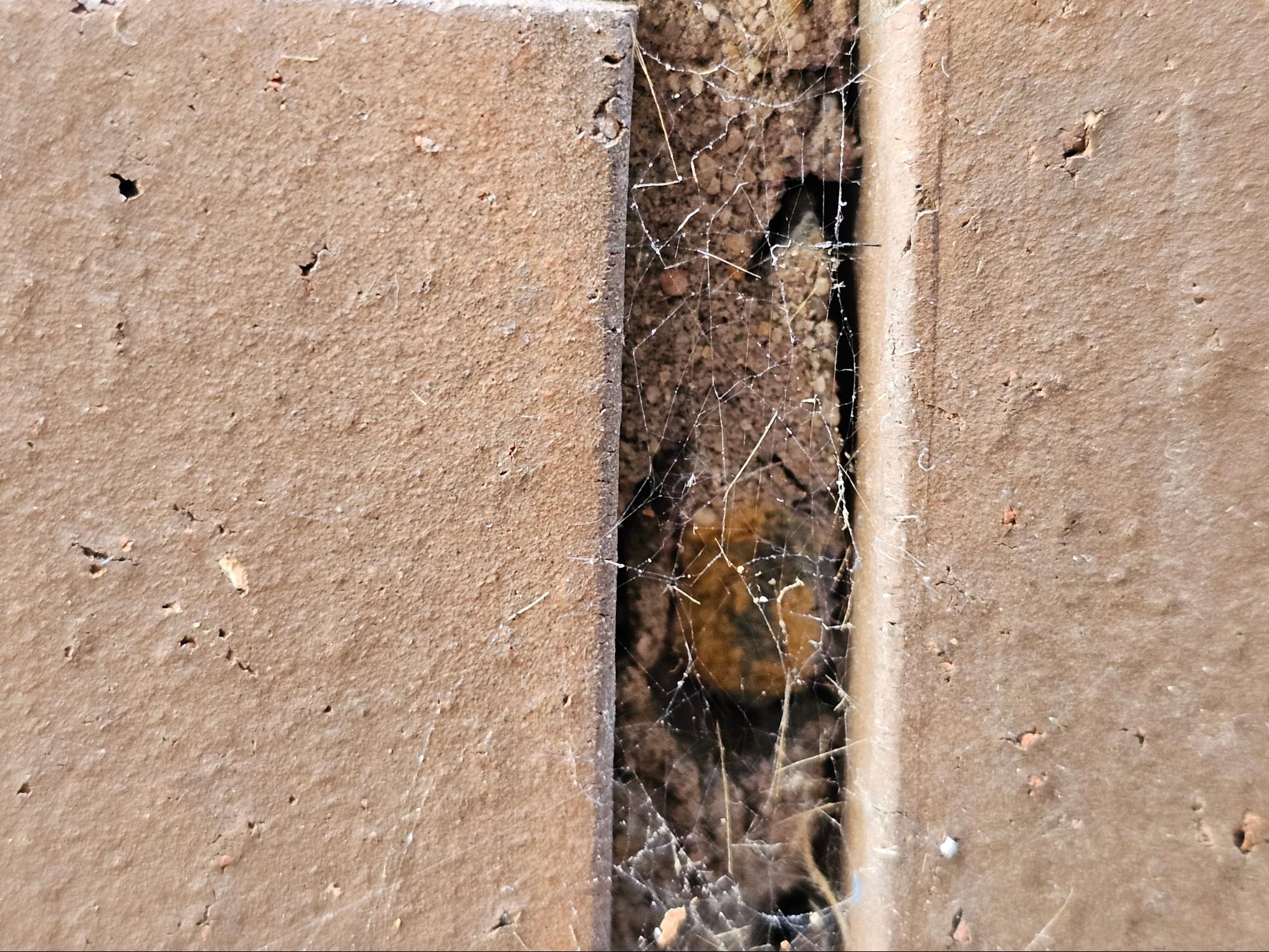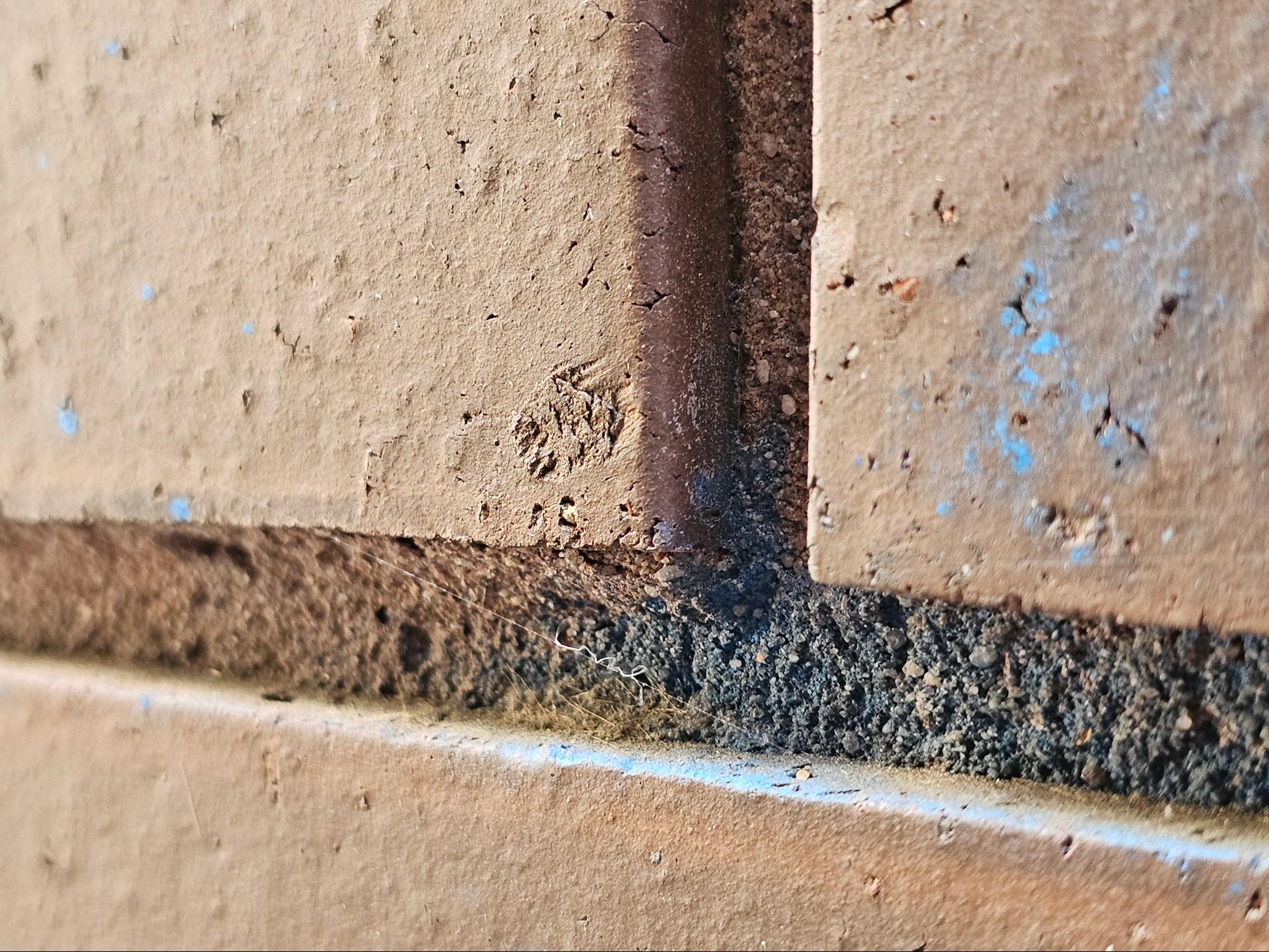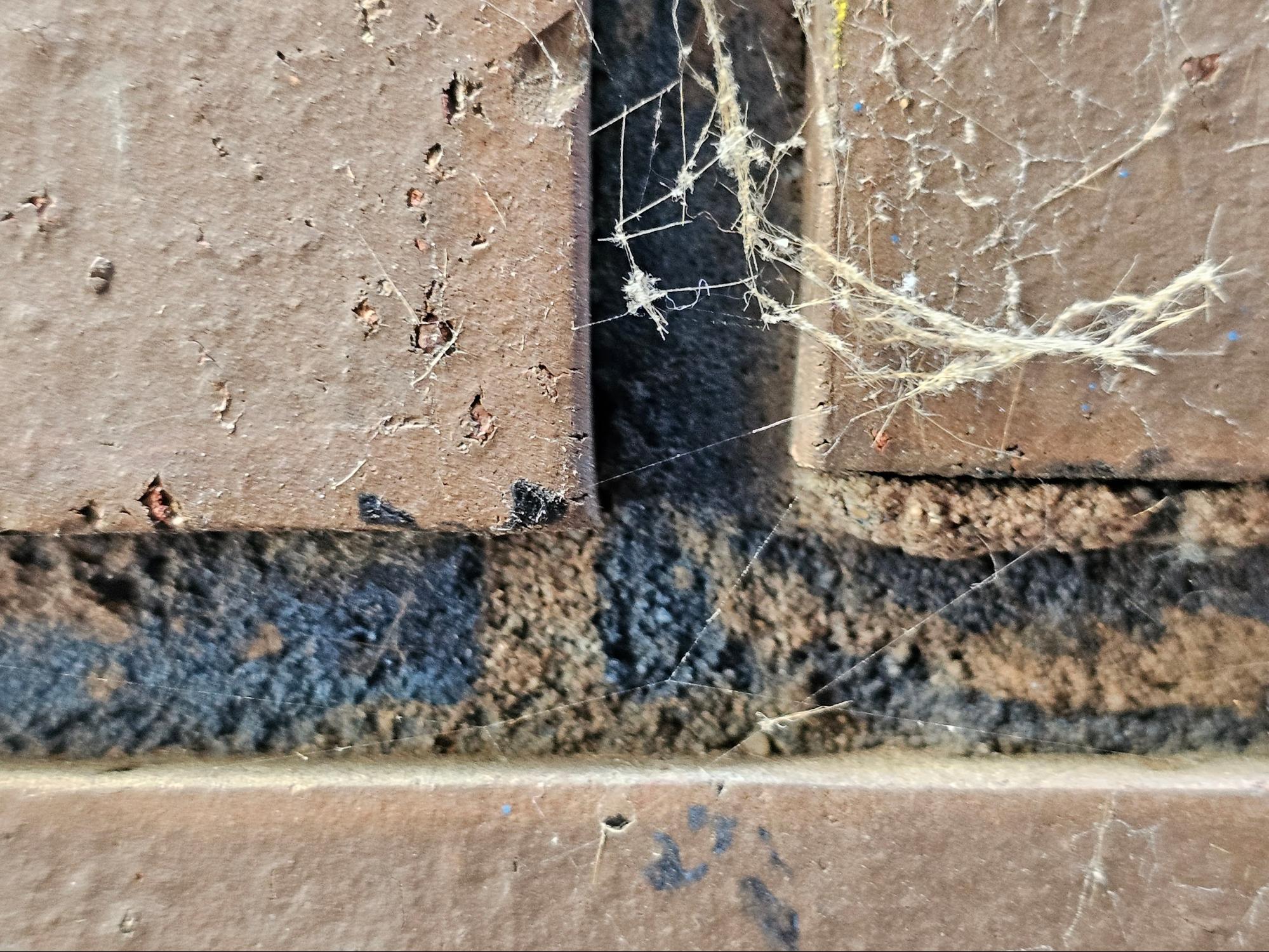This past week we started a two-part series, and the first part of this series focused on issues of brick deterioration and damage in modern masonry. Modern masonry is the brick type masonry that we use today throughout much of the country and in various parts of the world to build brick structures but it isn’t brand new. We’ve been using modern masonry since the Advent of high temperature fired Kilns and the use of Portland based mortar.
Masonry construction and bricklaying has been used for thousands of years, with evidence of man-made brick structures still remaining today, dating back over 7,500 years. The earliest known bricks were simply sun-dried mud bricks, using almost whatever soil was available locally. As civilizations advanced, kiln-fired clay bricks became more common, allowing for greater durability and consistency in size and shape. Primitive people learned that clays around fire pits with very hot and long burning fires could turn clays semivitreous.

The evolution of dried clay bricks evolving into kiln fired semi-vitreous bricks, is an interesting part of human civilization and development. Its remarkable that we have any evidence of unfired clay brick still remaining today, but it’s also pretty reasonable to assume that bricks have been used in an unfired form for even thousands of years more than what we have specific evidence to show.
In the upcoming second part of this series we will discuss some of the historic elements of brick masonry and talk about the details which are distinct between historic and modern masonry.
The distinction between historic and modern brick and mortar is based more in the manufacturing processes than the date in history, materials, and resulting properties. Historic brick and mortar were produced using traditional methods that relied on low-temperature firing and lime-based mortars, while modern brick and mortar benefited (basically revolutionized) from advancements in kiln technology and the use of different materials (which were created from leaps in building technology).
Bricks in historic construction were typically fired at relatively low temperatures, often below 1,200°F, using wood or coal-fired kilns. This low-temperature firing process resulted in bricks that were softer, more porous, and generally weaker compared to their modern counterparts. The temperature of the fire was based on the performance of the kiln, for example kills with better ventilation and better wall strength could support larger batches of burning and could burn larger diameter wood. The species of the wood also made a major difference because softwood species generally ignite easier but burn at a lower temperature and hardwood species like Oak which was abundant in the early Forest of the United States but would burn at a much higher temperature than softwoods. Higher temperature fires could create much higher density bricks. The compressive strength of historic bricks could range from as low as 400 psi tp about 1,900 psi, depending on the clay composition and mostly on these firing conditions. It should be noted, that there are exceptions in different parts of the world, but mostly in the Washington DC area, we use specific behind Kilns at the time of the construction of much of the historic neighborhood buildings like Capitol Hill and other historic neighborhoods in the heart of Washington, DC. These details about brick temperature firing and motor will be discussed later and in future blogs as well because they have significant consequences and implications related to the proper and safe methodologies of tuckpointing, repointing and masonry restoration. These principles and concepts and related implications for preservation and restoration in tuckpointing and repointing of these buildings is very specific to our local neighborhoods of historic Washington DC.

The mortar used in historic masonry construction was predominantly lime-based, consisting of a mixture of lime putty, sand, and water. Lime mortars were favored for their workability, flexibility, and ability to accommodate minor movements without cracking. However, they typically had lower compressive strengths compared to modern cement-based mortars, ranging from 72 psi to around 725 psi.
The advent of modern brick and mortar production can be traced back to the late 19th and early 20th centuries, with the introduction of more efficient kiln technologies, such as propane or natural gas-fired kilns. These modern kilns allowed for higher firing temperatures, typically ranging from about 1832°F to about 2192°F or higher. Looking at the history in the years in that timeline, many of historic buildings in Washington DC were built right in the middle of that time period in the late 19th century and early 20th century but even though the technology was being developed proliferated, it didn’t become commonplace until a few decades later.
Modern bricks are fired at these elevated temperatures, resulting in a denser, harder, and stronger product. The higher firing temperatures facilitate at least a degree of vitrification, a process in which the clay particles partially melt and fuse together, creating a more compact and durable structure. As a result, modern bricks exhibit higher compressive strengths, typically ranging from 2,900 psi to 14,500 psi or higher, depending on the manufacturing process and clay composition.

In contrast to historic lime-based mortars, modern masonry construction primarily utilizes cement-based mortars. These mortars are composed of Portland cement, sand, water, and sometimes admixtures. Cement-based mortars offer higher compressive strengths, ranging from 725 psi to 4,350 psi or more, depending on the cement-to-sand ratio and additives used.
It’s important to note that while modern brick and mortar production methods have been available for nearly a century, the term “modern” in this context refers to the distinct differences in manufacturing processes and materials compared to historic methods, rather than implying a recent origin.
Beyond the differences in compressive strengths, modern brick and mortar also exhibit improved durability, resistance to environmental conditions, and lower porosity compared to their historic counterparts. Additionally, modern masonry construction often incorporates reinforcement, such as steel reinforcing bars or lattice mesh, most often found in CMU construction, for example, to enhance structural performance and resistance to lateral loads.
When working with historic masonry structures, it is important to consider the compatibility of materials and techniques used for repair or restoration. Inappropriate use of modern, high-strength materials on historic masonry can lead to compatibility issues, differential movement, and potentially accelerated deterioration of the historic facade.
In summary, the distinction between historic and modern brick and mortar lies primarily in the firing temperatures, materials, and manufacturing processes employed. Historic brick and mortar were produced using low-temperature firing and lime-based mortars, resulting in softer, more porous, and weaker components. In contrast, modern brick and mortar benefits from higher firing temperatures and the use of cement-based mortars, leading to denser, stronger, and more durable materials. Understanding these differences is crucial for appropriate material selection, compatibility assessments, and preservation efforts in masonry construction and restoration projects.
You can reach us by telephone at (202) 796-7644 and you can reach us by email from the contact form on our website at https://duponttuckpointingmasonrydc.com/contact-us/.




